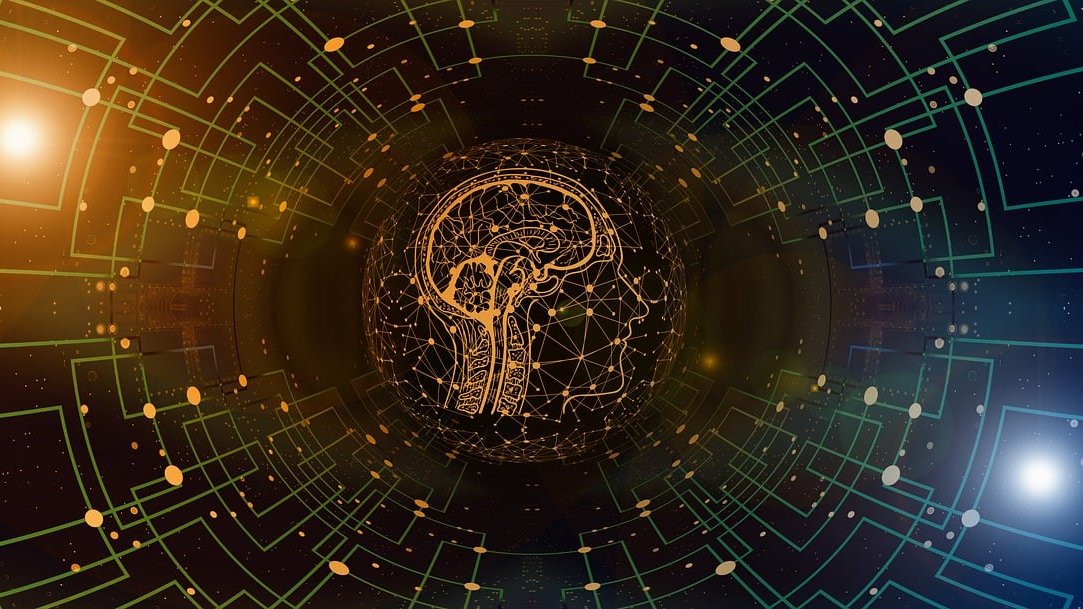
Generative AI won't lead to mass unemployment, but it will reshape the workforce, according to a report from McKinsey. It suggests that approximately 12 million workers will need to switch fields, and 30% of work hours will be automated in the US economy by 2030. This shift presents both challenges and opportunities for the labor market.
Massive job shift, not job loss
The advent of generative AI is poised to disrupt the workforce, though not in the way many fear. Rather than causing mass unemployment, it is set to cause a significant shift in the job landscape. According to a report by McKinsey, generative AI is expected to force about 12 million workers to seek jobs in new fields. This shift represents an adjustment to the influx of AI in the workforce, not a wholesale displacement of jobs.
The sectors most exposed to the influence of generative AI are not necessarily doomed to job loss. The McKinsey report suggests that these sectors could still continue to add jobs through 2030, albeit at a slower pace than previously anticipated. The trajectory of job growth in these sectors will be shaped by the integration of AI and the emergence of new roles and responsibilities.
One of the most significant impacts of AI on the workforce will be the transformation of job roles. AI will either change the way certain jobs are performed or lead to the creation of new, higher-paying roles. Employees in lower-paying jobs could find opportunities to transition to these higher-paying roles, provided they receive the necessary training. This shift could prove beneficial for workers looking to climb the career ladder.
Demand shift: Growth in healthcare and STEM
As generative AI becomes more integrated into various sectors, some fields will see a rise in demand while others will face a decline. According to McKinsey, healthcare and STEM jobs are projected to see an increase, with an estimated 5.5 million new jobs in healthcare and a 23% rise in STEM jobs by 2030. Meanwhile, due to AI's competency in administrative tasks, office support and customer service roles are likely to decline.
Importance of training in the AI era
With the impending workforce reshuffle, training and education will be crucial for workers to successfully adapt. McKinsey suggests initiatives such as early STEM training in high school and expanding applicant pools to include those without higher education. As the workforce landscape changes, ensuring that workers are equipped with the necessary skills and knowledge will be paramount.
Automation: A shift in work hours
Even those who remain in their current roles are unlikely to be unaffected by the rise of generative AI. The report estimates that approximately 30% of work hours will be automated, significantly changing the day-to-day tasks of many workers. However, automation does not necessarily equate to job elimination. Many roles with automatable tasks will still remain but will undergo significant changes in their daily operations.
Generative AI, equipped with the ability to perform tasks requiring genuine expertise and creativity, could fundamentally alter the roles of professionals such as lawyers and graphic designers. For instance, reviewing contract laws could be performed by AI, reducing the burden on legal professionals. Similarly, graphic designers might find AI tools like Midjourney and DALL-E reducing the number of drafts needed for an illustration, streamlining their creative process.
Workforce reshuffle and income inequality
As the workforce reshuffle progresses, McKinsey predicts a loss of 1.1 million jobs paying $38,200 or less, but an increase of 3.8 million jobs for those earning $68,700 a year. Despite this shift, lower-paid workers may face greater challenges, being up to 14 times more likely to need to change jobs. This highlights the potential for AI to exacerbate income inequality, reinforcing the importance of proactive measures to support those most vulnerable.










